Trusted since 1963
Welcome to the PH Jones
introduction to Microgeneration
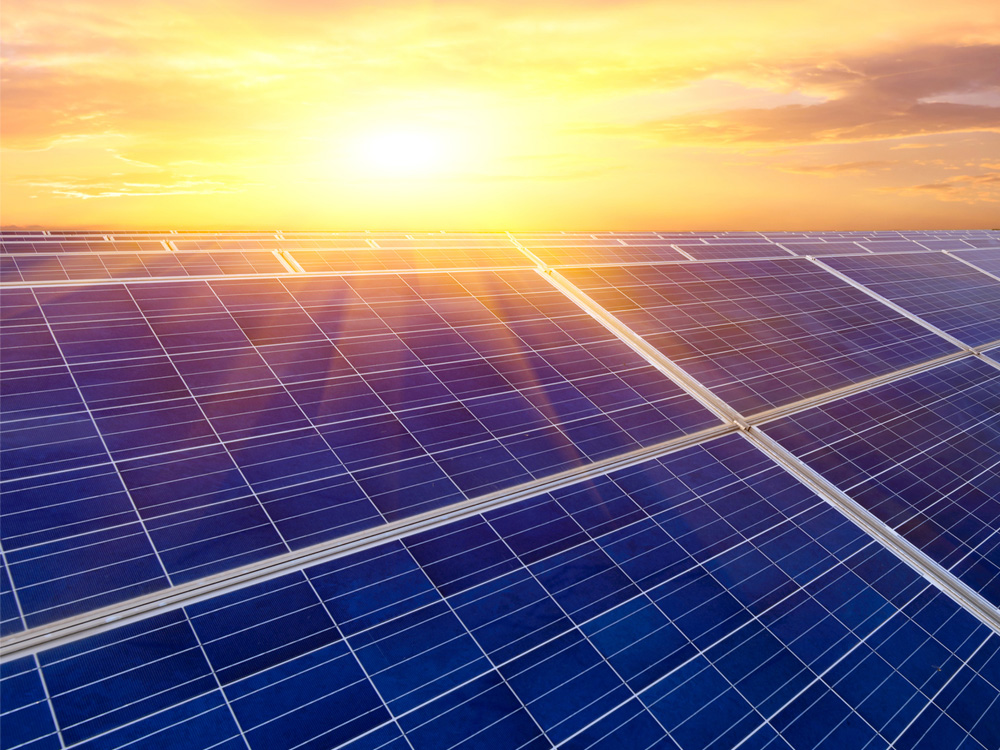
PV
Photovoltaic solar panels turn the light energy from the sun into electricity and are solid-state technology, meaning the panels have no moving parts and require little maintenance. They are most efficient placed facing in a southerly direction with minimal shading. All of this makes them the most popular type of solar panel in the UK due to their versatility and minimal maintenance. The panels provide DC electricity, which is then fed into an inverter to convert this electricity to 240v AC for use in the home.
These systems are modular so can be installed in various sizes, configurations and power outputs. Once the electricity is generated it can either be used directly by the resident at the time of generation, sold to the grid via your energy supplier, or stored. The energy is typically stored in one of two ways. It is either diverted to the immersion heater on the property’s hot water cylinder and used to heat up the water for later use, or stored in a house battery where the power can then be utilised day or night.
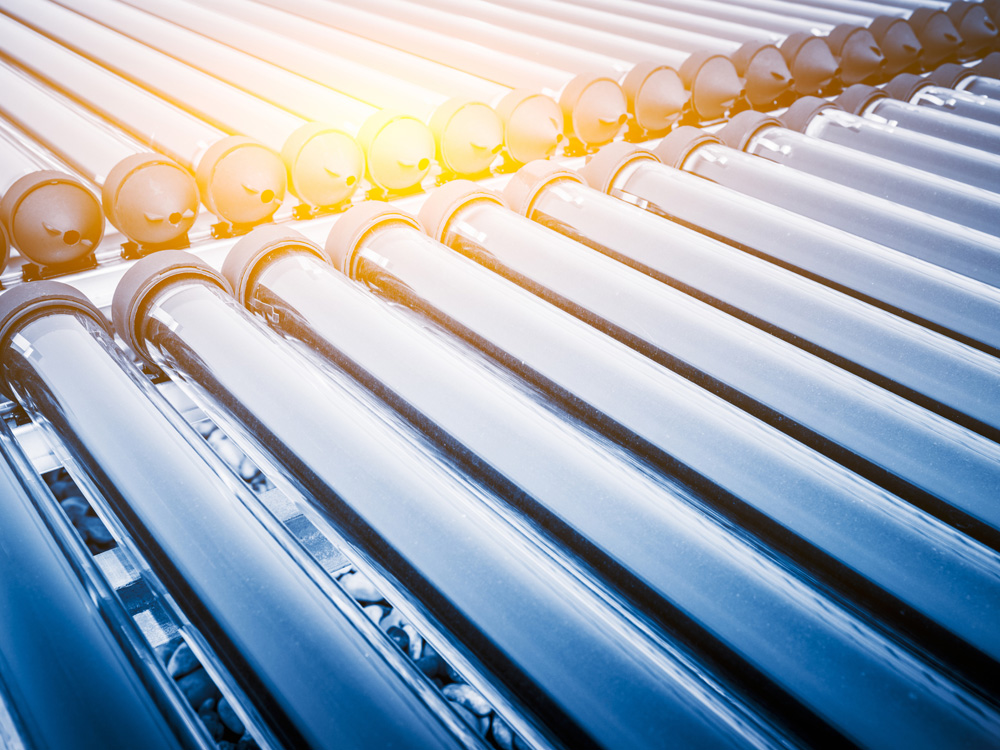
Thermal
This type of solar still captures the energy from the sun, but instead of capturing the light energy it is capturing the heat. This system works by pumping a glycol solution through the panel, picking up the heat from the panel and delivering it, usually to a hot water cylinder where the energy is used to either fully heat or pre-heat the water within the cylinder. These systems are usually installed alongside a twin coil cylinder, so both the properties’ main heating system and the solar thermal connect to the cylinder can be used.
Due to the glycol in these systems, periodic maintenance is required to check and replace the glycol and ensure the pump station etc. are all operating correctly. These systems can also be scaled up for larger requirements, such as swimming pool heating. The pool would replace the cylinder in this type of system and a plate heat exchanger would be utilised to prevent the glycol mixing with the pool water.
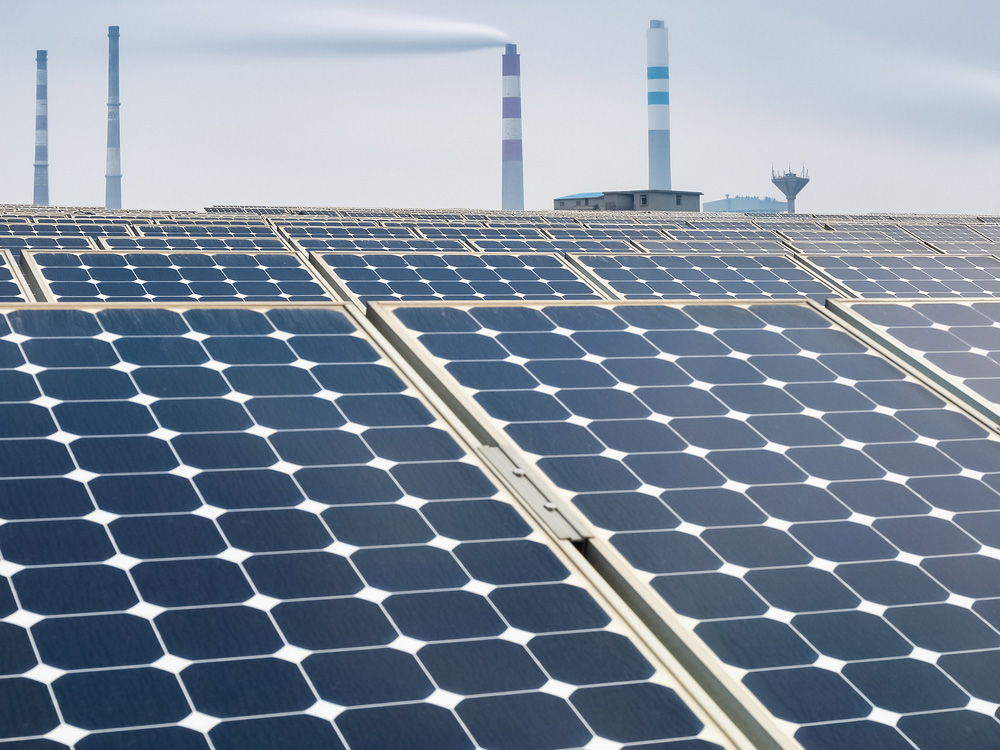
PVT
These panels are a combination of both PV and Thermal, giving the best of both worlds. Whilst the thermal part of the panel captures the heat energy, it also has the effect of cooling the PV element of the panel. This in turn boosts the efficiency of the PV panel as these panels start to lose efficiency when they get to temperatures above 25 degrees Celsius. The thermal part of the panel generates a lot of heat energy and this must be used to see the benefit of this panel – if not, the system will not benefit from the cooling effect. Due to the amount of heat captured, this needs to be fed into a system that can capture this amount of energy. Good examples of these are swimming pool heating or ground source heat pump arrays where the energy can be pumped back into the ground array. This recharges it by warming the ground and creating greater efficiency for the ground source heat pump in winter.
Usually if PVT is specified alongside ground source it can reduce the number of bore holes required.

Wind
Wind turbines are used to capture the energy from the wind in much the same way windmills have for decades. The blades of the turbine are faced into the wind so that the wind blows against the blades and causes them to rotate. This in turn rotates an electric generator via a gearbox to generate electricity.
One of the advantages of this technology is that it can generate energy at night as well as the day. These units will require planning permission and are not likely to be practical for urban properties, so they are more suited to rural areas with a lot of land. This is expected to rule out this technology for the majority of social housing. Commercially this technology is very popular both on and offshore.
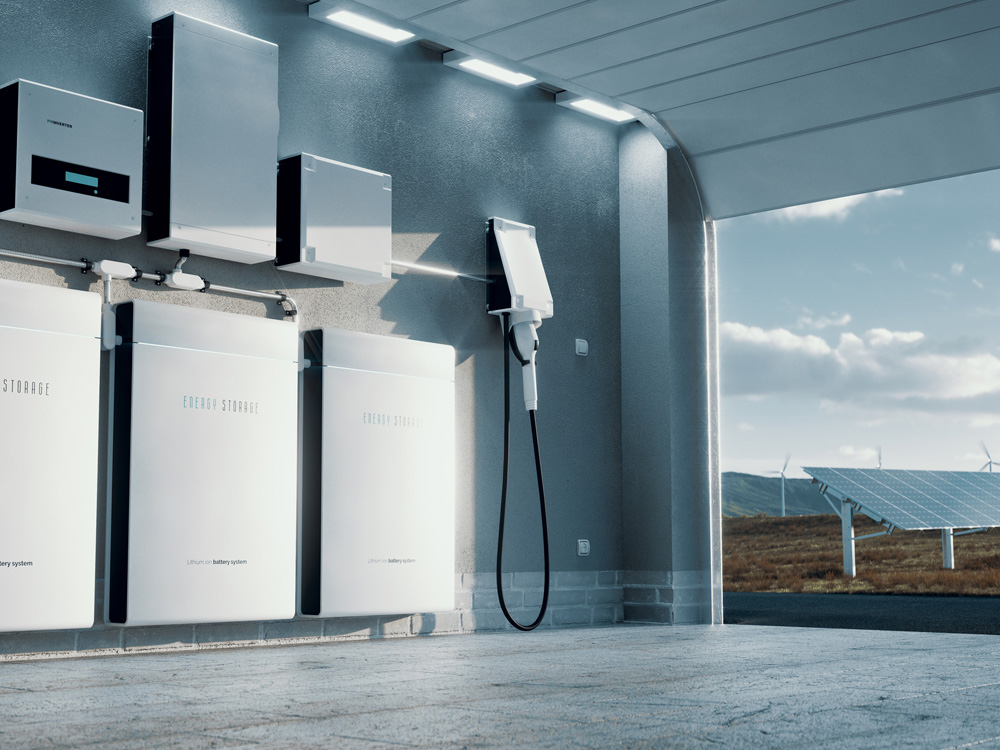
Home Batteries
Home battery solutions are an ideal way to store the surplus electricity you generate from your micro generation system for later use. For example when the sun sets and your solar panels will not be generating.
They can also charge up when the energy price is low so the user can use the power when the unit price is high taking advantage of off-peak tariffs. Home batteries can also link in with demand response systems to help smooth the grid and save money at the same time.
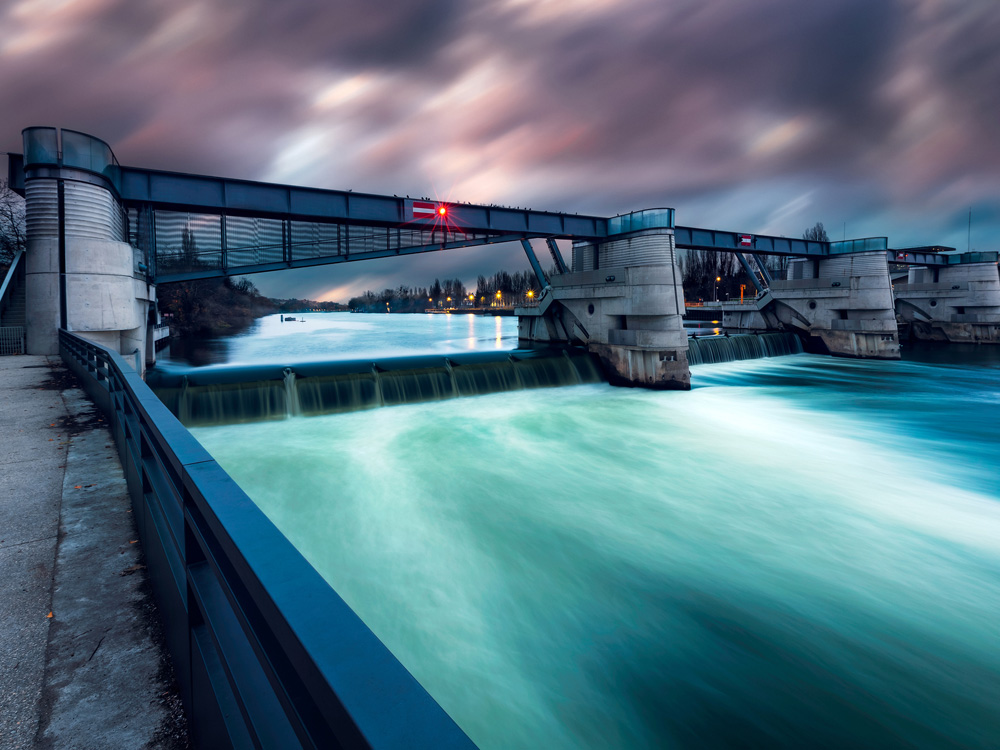
Hydro
Hydro technology captures the energy from moving water and turns it into electricity. There are various technologies out there for this, but the fundamental principle is that the movement of the water is used to turn an electric generator which creates electricity.For example, this can be a flowing stream or river rotating a paddle, or floats being raised and lowered with the waves and tide, which rotate a generator. Another application for this technology is energy storage, where water is pumped up to a reservoir using an electric pump. When the energy is needed, the water is allowed to flow back down, spinning the same pump and creating electricity. Hydro has the advantage of working day or night to generate consistent power. This is again unlikely to be found in social housing due to cost and the requirement for moving water, unless a property or development is built adjacent to a stream or river
If you would like to know more please do not hesitate to contact the team; customerstrategy@phjones.com